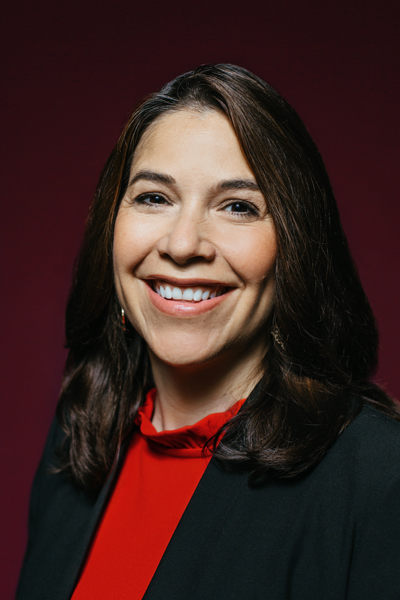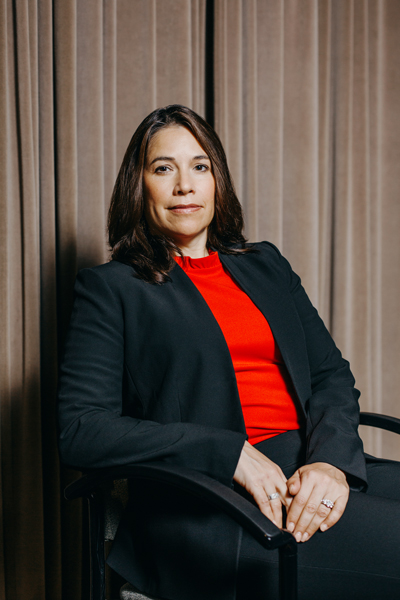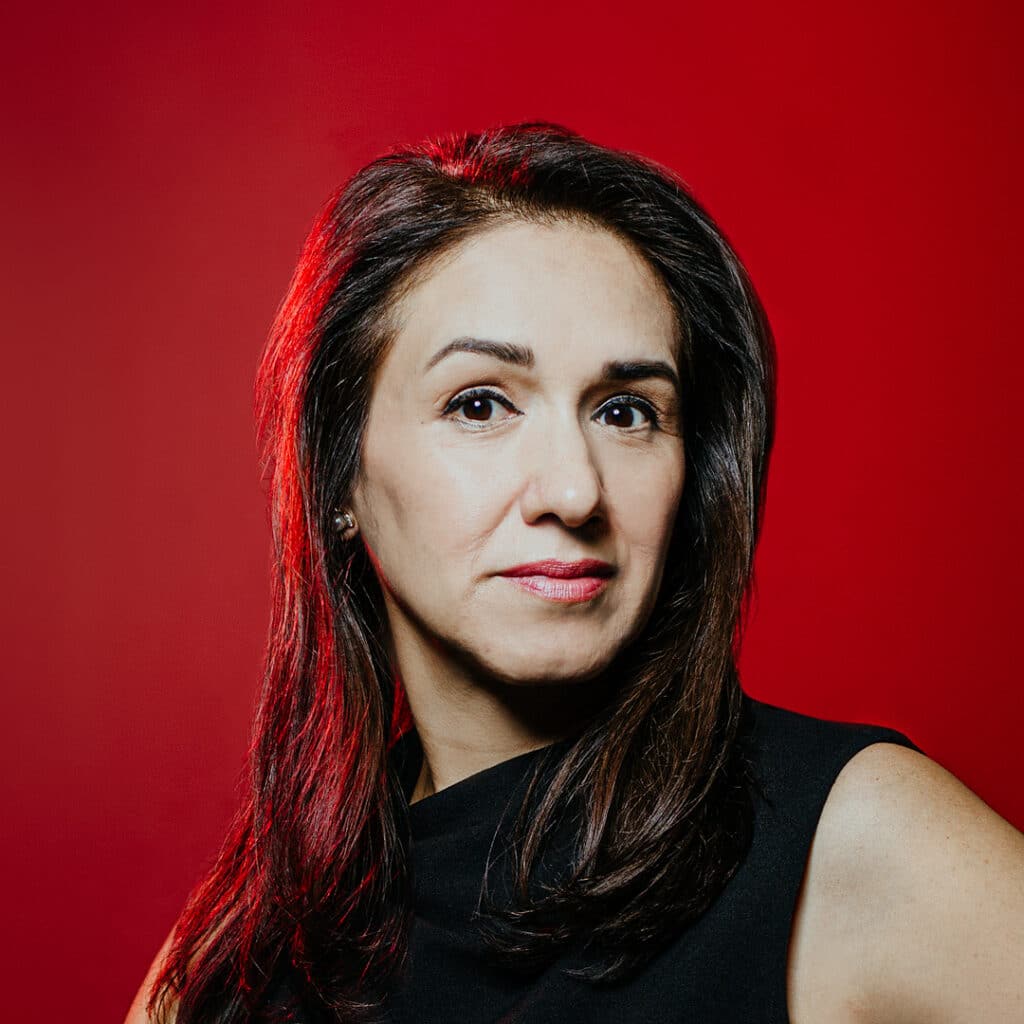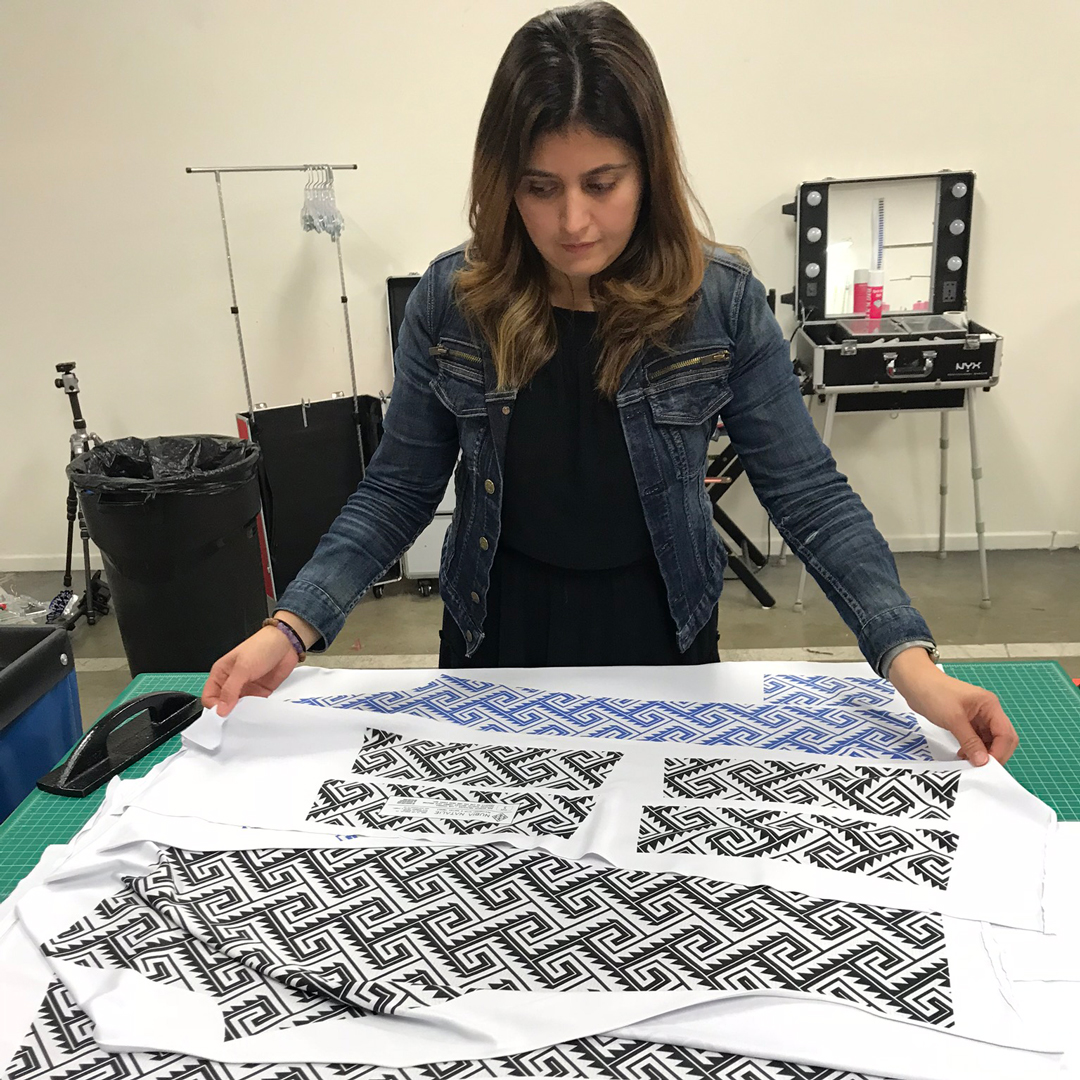|
Getting your Trinity Audio player ready...
|
For decades, the gender disparity in STEM fields has been traced back to early education. The same can be said for the low representation of people of color. But that didn’t stop Michelle Boston.

“My dad was an electrical engineer and when I was seven years old, we decided I was going to be an astronaut or a nuclear physicist. He always encouraged my interest in science and technology,” she says.
At age ten, during the dawn of cartridge computers, Boston took her first programming class at Texas Instruments. “I just remember walking into that class with my father and there was a personal computer at each station,” Boston says. “We did math problems, graphing, very simple graphical pictures, and then at the end of the class, we played a game.” She was blown away—coding something and then seeing it appear on the screen. That moment of discovery set Boston on a lifelong path that would eventually lead to her role as senior vice president of business solutions technology for Bank of America.
In high school Boston doubled down, continuing her programming courses and finding mentors. She moved on to Texas A&M University, graduating with a degree in management information systems. Since then, Boston has sought opportunities in which she could share her expertise with girls and young women interested in the field. “My oldest daughter actually just graduated with a degree in technology, and in her first college-level coding class, there were two girls in a class of fifty,” Boston says. “We need to get to a point where the classes are at least 50 percent women. I really try to pay my experience with great teachers forward by encouraging others.”
“You need to be okay with letting yourself fail. It’s going to be hard, but when you get past that hurdle and you go into the professional world, there’s such a variety of creative and inspiring careers in technology.”
A big part of the conversation is in setting positive examples and normalizing women in technology. It shouldn’t be a surprise, she explains, to see women in a coding class or in the technology office at a company. “You need to be okay with letting yourself fail,” Boston adds. “It’s going to be hard, but when you get past that hurdle and you go into the professional world, there’s such a variety of creative and inspiring careers in technology.”

Boston’s first opportunity in the field came as an IT consultant with Ernst & Young. As she rose through the ranks and began taking leadership roles at organizations such as Sea-Land Services and RSA Insurance Group, she focused deeply on her ability to make a difference in technology representation. “We have a responsibility to change the dynamics in the workplace by creating a more diverse and inclusive space—not only for women, but for people of color,” she says. “That helps us innovate and deliver products, services, and capabilities that are representative of the communities and the people we serve.”
In 2005, Boston joined Partners Imaging as vice president of information technology, eventually rising to become CEO of the turnkey CT systems provider. That allowed her even more ability to act as a role model and a change-maker for diversity. “It’s the responsibility of senior leaders to impact their culture and their community, so getting involved with groups like Girls Who Code was important to me,” she says. “It’s an important step towards solving the pipeline problem, particularly for Hispanics. How do we get to the parents and make them aware of the great career opportunities in technology?”
“It’s an important step towards solving the pipeline problem, particularly for Hispanics. How do we get to the parents and make them aware of the great career opportunities in technology?”
Boston moved to Bank of America in 2012, drawn by the organization’s commitment to sustaining a diverse culture. “I come from a large family, and the closeness and the connection that I feel in my culture passes through our extended family. I bring that into my job and into my leadership,” she says. “I’m thrilled my culture is reflective of the bank’s strong commitment to culture as well.” Additionally, Bank of America remains active in volunteering in the community and holds celebrations of holidays for international cultures. Boston also acts as a mentor for women in technology and works with the Hispanic network group and the Hispanic and Latino Leadership Council.
Everything about Boston’s leadership style emphasizes her ability to help others and make Bank of America more diverse—and that work is clearly paying off. She was recently recognized as one of the HITEC 100, a list of the one hundred most influential Hispanic IT executives. “As leaders, we are here to enable people. At the end of the day, we should have a flat organizational structure and not have boundaries of hierarchy,” she says. “We work for the people who work for us, and we celebrate our shared success.”
Supporting Women in Tech
Through her participation in Women in Technology & Operations—an organization that focuses on advancing women in technology via leadership development, education, and training—Michelle Boston is also currently an executive sponsor for Girls Who Code.

“We talked about the importance of developing, attracting, and retaining women in tech,” she says. At the monthly meetings of Girls Who Code, Boston and other mentors help elementary- and high school-aged girls build applications and present them. “For example, I facilitated a session on design thinking to expose the girls to the creative side of opportunities in technology —there’s a lot more to technology careers than just coding,” she says. “In our seven-week Girls Who Code summer immersion program, we taught twenty girls everything from personal development and branding to understanding the variety of careers they can pursue in technology.”
The girls also went on field trips to meet with other women in technology, learn about career opportunities, and actually build projects. At the end of the course, Boston and her colleagues met with the girls’ parents and thanked them for their commitment to exposing these young women to technology. “Bank of America has an enormous presence in this work,” she says. “We actively look to identify and recruit female talent and mentor them to success.”

